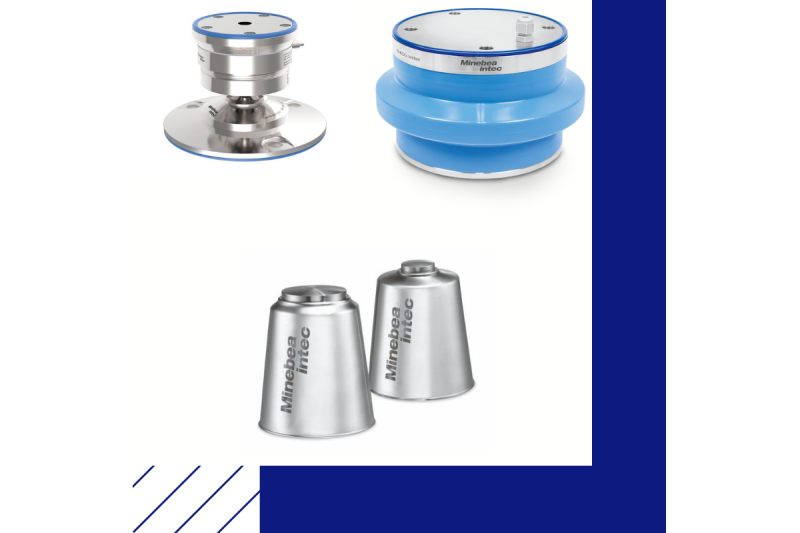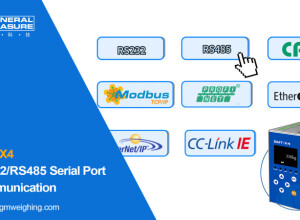NWI Group (Australia) - Many food manufacturing and packaging businesses choose hygienic load cells to gain a competitive advantage. These cells are much faster to clean, resulting in improved operations and a healthier bottom line. However, there are other benefits to using hygienic load cells in place of traditional ones.
A research project conducted by the AINIA technology centre in Europe has highlighted a strong case for the use of hygienic load cells. Using the PW27 load cells by HBM, the study concluded there were definite advantages to choosing hygienic load cells over traditional models.
What are hygienic load cells?
In the food industry, load cells are used to determine the weight of products during filling, dosing or packaging. Issues can arise because load cells often come in contact with the substances being packaged. As a result, they can become dirty, bacteria can form, and it can compromise the hygiene of an entire production line.
In contrast, hygienic load cells are designed in such a way that their shape and surface prevent the accumulation of contaminants. They’re also exceptionally easy to clean, which means less downtime for cleaning. There are many different types of load cells out there, such as those specifically for harsh environments, but when it comes to the food industry, hygienic load cells are always the preferred option.
Improved cleaning time:
AINIA’s research study, known as the ECODHYBAT project, made some interesting discoveries that should certainly interest those in the food industry. Using a traditional load cell (PW15AH) and a hygienic load cell (PW27 – both from HBM), the test involved soiling the load cells with a solution containing whole milk, ethanol, fluorescein and a dye.
The steps required to clean each load cell after use were carefully analysed. Specifically, the study looked at the total time required to remove 99% of the soiling.
Needless to say, the hygienic load cell came out on top. The average time to clean the conventional PW15AH load cell was 4 minutes and 36 seconds. The average cleaning time for the PW27 hygienic load cell was 3 minutes and 11 seconds.
Overall, this represents a saving of 29%, meaning filling machines can be cleaned and ready for a new process faster. They also found that after 1.5 minutes of cleaning, 98% of the soiling had been removed from the hygienic load cell, while only 80% could be removed from the traditional cell.
Want to know more?
NWI Group is an industry leader when it comes to precision weighing instruments and components. We provide a range of load cells for all different industries. If you want to investigate the benefits of hygienic load cells for your business, we’d love to talk to you.
To improve cleaning time and gain efficiency, contact us today to talk about hygienic load cells for the food industry. We also have a range of food industry-specific technology to improve efficiency, safety and accuracy.

























Interested? Submit your enquiry using the form below:
Only available for registered users. Sign In to your account or register here.